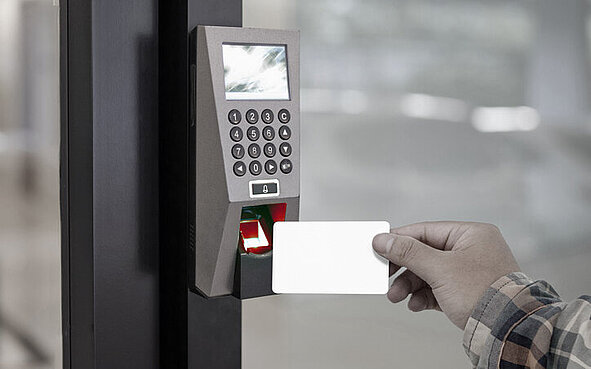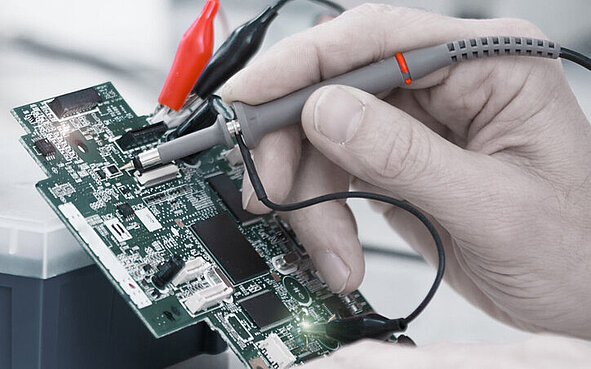Systems Engineering
In the realm of complex electronic systems, the integration and coordination of hardware, software, and various subsystems play a critical role in achieving optimal functionality - and in regards of safety and security. This is where systems engineering comes into play. Systems engineering focuses on the holistic design and development, including hardware, software, and the interconnections between them - or in other words our expertise: embedded systems.

All combined to a working system
Embedded software systems require reliability, real-time performance, power efficiency, and safety. Systems Engineering combines necessary components to achieve a functional overview. Hitex uses modeling and simulation techniques to analyze and validate system designs, identify risks, and optimize system performance.
Managing Complexity: The Importance of Systems Engineering in Embedded Software
One of the fundamental aspects of systems engineering in the field of embedded software is the ability to manage complexity. Embedded systems can consist of multiple hardware components, software modules, and external interfaces, all interconnected and interacting in real-time. We at Hitex employ methodologies and tools to manage system requirements, trace dependencies, and mitigate potential conflicts or errors. Another critical aspect of systems engineering in embedded software is the consideration of the entire system's life cycle, from conception and development to deployment and maintenance.
What can Hitex do for you?
Our systems engineering expertise helps customers solve their problems.
We know how to design and build
For instance, if a customer needs to update a system using a USB stick, we determine the appropriate hardware and software and ensure secure and up-to-date updates.
For ultra-low power, we carefully select components, power modes, and partitioning between hardware and software to minimize power consumption.
Our systems engineering expertise
The Hitex engineering team has extensive experience in microcontrollers, communication components, and ultra-low power design from various customer projects. This expertise enables us to find optimal solutions by combining engineering and software components, such as communication stacks and real-time operating systems (RTOS), to optimize the entire system design.
For these projects, we provide a system concept that defines the system and includes a rough estimation of the bill of materials (BoM). Additionally, we offer rapid prototyping and evaluation boards for customers to conduct their own feasibility studies.
Hitex Engineering Services

Security
With more cyber security standards, development departments are focusing on the importance of this topic.

Software
Hitex addresses all levels of software layers: Target hardware system and the Hardware Abstraction Layer and GUI.

Hardware
Hitex offers a complete range of services from development of a draft for hardware design up to full production.

Systems
Our systems engineers provide the ideas to solve the problems that customers are facing with interacting components.

Requirements
We assist customers in defining requirements: From system requirements to hardware and software requirements.

Testing
As test requirements for embedded systems are increasing we offer a test services to relieve your development department.